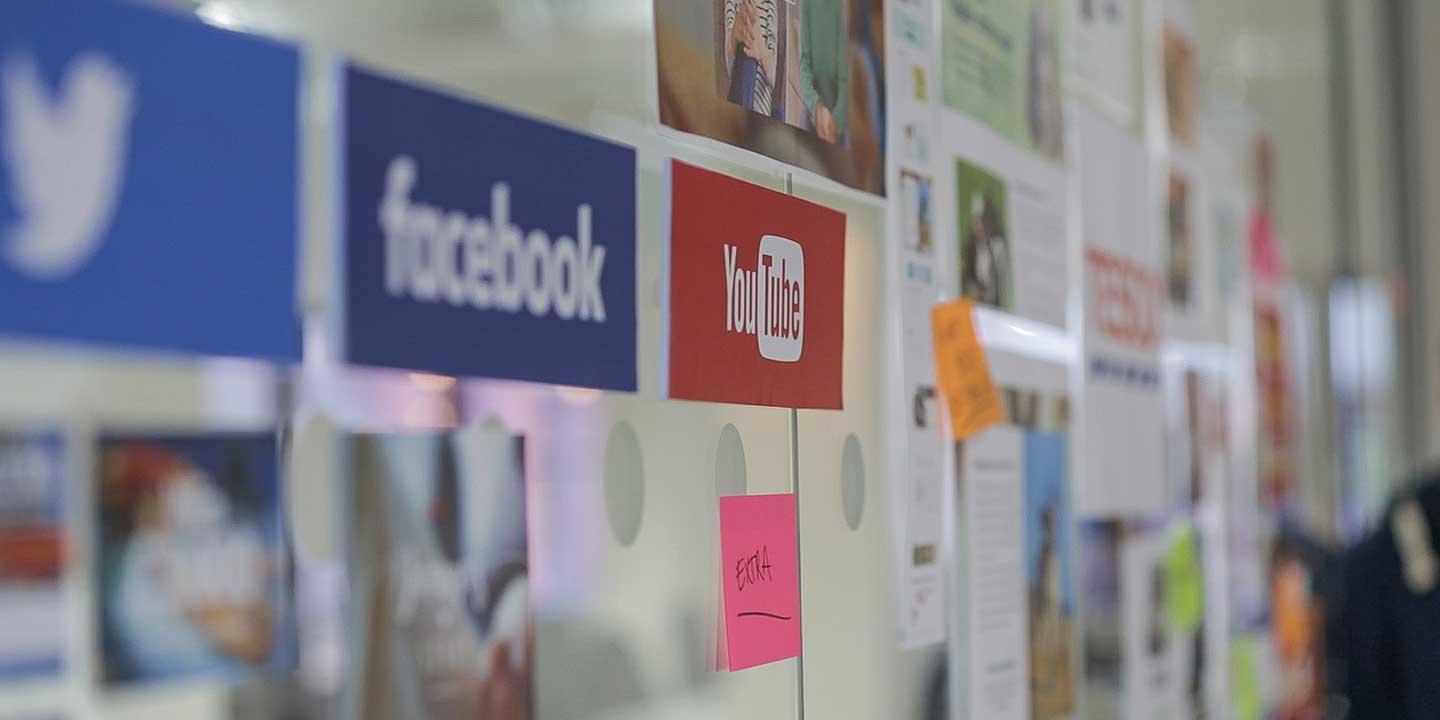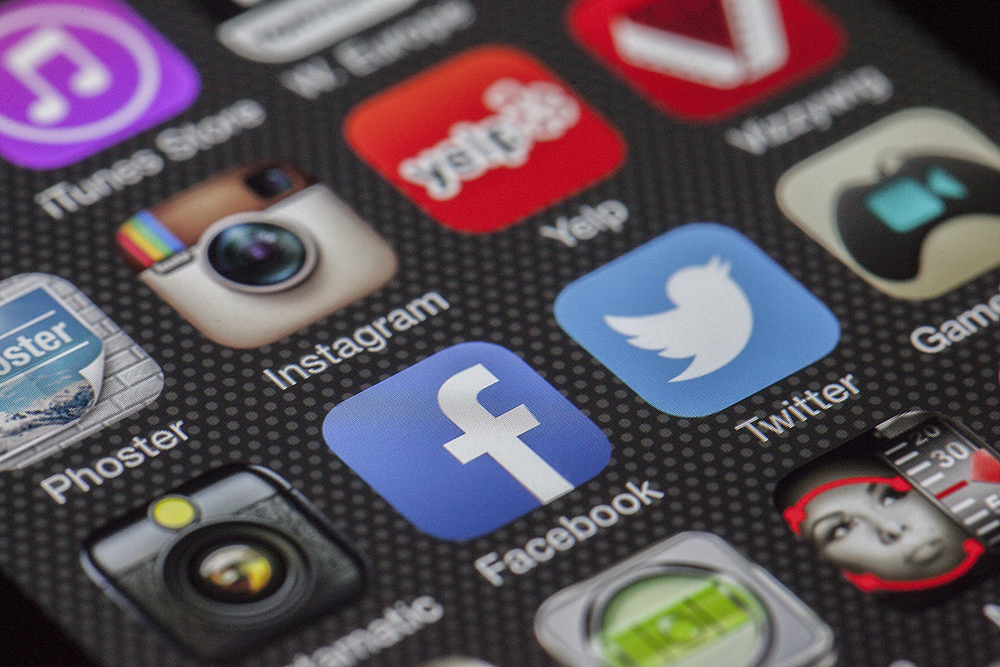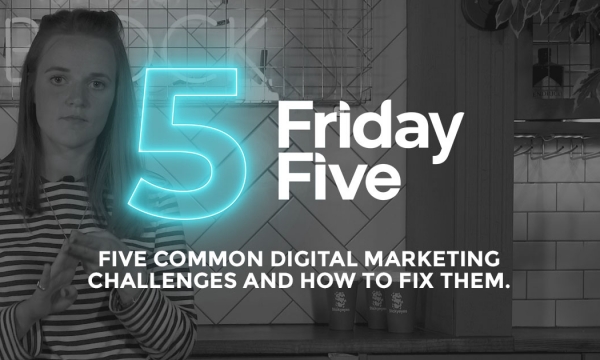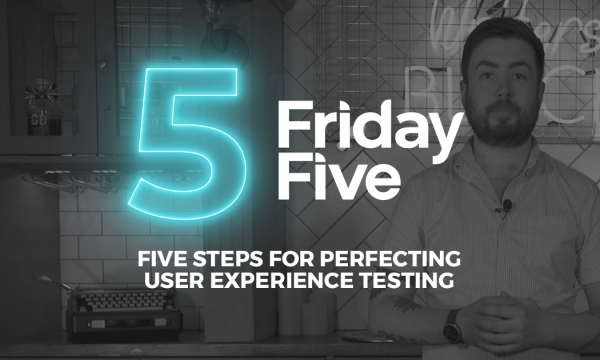A social media crisis has the potential to consume even the biggest of brands. But by following these five steps, you can ensure that you minimise, manage and recover your business through a social media storm.
A social media crisis is the thing that all social media and brand managers dread but, with the right preparation and processes, you can ensure that the risks are managed and that the fall-out is contained. Here are the five key stages to ensuring that you can manage your brand through a social media fallout.
Stage One: Understand what a social media crisis is – as well as what it isn’t

Defining what a social media crisis actually is can rouse various opinions, ranging from views that treat every negative comment as a ‘code red’ situation to others that significantly underestimate major threats to the business.
All brands at some point or another will face challenges and understanding what constitutes crisis will help you to prepare and execute a swift, measured and effective response.
Typically, for an event to be considered a crisis, it needs to meet three criteria:
It represents a change from the norm
Crises occur when current events are a change from the normal day-to-day operations of the business. If things are normal, there is no crisis.
Business operations are finely balanced, and anything that breaks this equilibrium has the potential to spiral out of control on social media. It could be a self-inflicted controversy, such as a misguided product, a controversial comment or a negative public interest story that comes to light. Whatever it is, if it creates an abnormality in the day to day operations of the brand, treat it as a potential crisis.
When an executive of the lift-sharing service Uber claimed that he has used tracking software to follow a journalist who used the service, it created a huge sense of disruption within the business operation. The comments cast a spotlight on a culture that many customers of the brand would understandably feel uncomfortable with, they undermined a key USP of the service and they raised a host of privacy and legal questions. For Uber, this was a huge break from the norm.
The brand lacks control of the situation
Social media is a naturally unpredictable platform. Any form of media which allows millions of individual people, all with different opinions, cultural backgrounds and political leanings, is incredibly difficult to predict; what some may find humorous, others may find deeply offensive. As a result, social media crises typically catch brands off-guard.
This creates a situation of information asymmetry, where one party has more information or more powerful information than the other. For as much as the risks can be mitigated, few brands can accurately predict exactly how social media will react to a particular brand action.
There is a material impact on the business
A crisis should only be seen as an exceptional circumstance that requires an exceptionalresponse. If events do not have a material impact on the business, consider them as a challenge and not necessarily a crisis. Over-reacting to a minor challenge is just as bad as under-reacting to a crisis.
If there is no immediate threat to the business, treat events as simply a challenge that can be overcome in the general course of the business. It will help you to prioritise and rationalise your response to a genuine crisis.
Stage Two: Prevention – it’s much better than the cure
Preparation is the first line of defence in your social media crisis management plan. This is where you work to identify the potential risks or ‘flashpoints’ that could cause a negative social media reaction, and work to minimise the chances of any crisis occurring in the first place.
Different brands will have different challenges, and on different scales. What is important is identifying the strengths and weaknesses of your brand to identify any potential risks that, if they came to light, you would need to address. For example, is your brand one that is often in the media due to its taxation arrangements? Are you closely scrutinised on issues such as employee welfare? Do environmental concerns affect your brand or industry? Does your brand have a poor reputation for customer service? Additionally, external forces such as adverse weather, industrial action, technology failures or political unrest could have an impact your business.
These are all potential flashpoints and whilst it is not always possible to minimise or eliminate these concerns, it is possible to prepare for them. That may mean reconsidering whether social media is the right place for your brand.
Whilst it may be an unpopular sentiment, there are brands for which having a presence on social media could be more trouble than it’s worth. If you’re a brand that is receiving more complaints than it can deal with on social media, answering hardly any of them or providing responses that are bound by regulations on what you can and can’t say, you’re probably better off not being there.
This is not to say that you should put your fingers in your ears and pretend it isn’t happening, quite the contrary. It’s critical to listen to what people are saying and give them the outlets that you can to help them. If you can give better service elsewhere, such as a live chat function, you can take better control of the situation. Only have a social customer service presence if you can staff it, provide genuine help and advice and perhaps add value to your brand as a whole.
Stage Three: Prepare your crisis management plan

Once you have identified the potential risks, you need to formulate a plan or procedure that you can deploy as soon as you have established that your brand is experiencing a social media crisis.
This is about ensuring that you have a defined procedure that clearly spells out how your brand is going to react to different scales of crisis, and with whom the responsibility lies for deploying that reaction.
Have a process flowchart in place for determining the severity of a problem. For example, if a controversial comment is made, there should be a flow of processes in place if that comment has come from someone influential (for instance, a celebrity with a large number of followers), whether a comment is gaining traction or whether the comment has come from an internal source. It’s often useful to grade the threat out of 10 or by colour to highlight its severity.
Each crisis flow is also linked to appropriate stakeholders and these flows need to be completed for the different types of problems faced by specific businesses.
In the case of a small-scale challenge, you may feel comfortable allowing your customer services team to be at the forefront, addressing comments directly. However, for larger scale crises, more senior people may be needed to address the problem – from PR or legal, up to and including the CEO.
Following this process allows you to quickly and objectively determine the severity of the problem and allocate the most appropriate resource to deliver that response.
Stage Four: Deploy your response
You will rarely get advance warning of a potential crisis but when one develops, you need to quickly but calmly apply the events that have unfolded to your preparation plan. Understand what is happening, gather the people necessary to respond to the problem and agree and deploy your solution.
Timing is critical here. You want to be responding quickly enough to appease your audience but at the same time, it is vital that you take time to reflect and construct an appropriate response. Those that respond rashly, particularly in serious circumstances, often just add fuel to the fire.
If you can foresee a potential social media storm, start your communications early. For example, your brand may be experiencing industrial action that has the potential to severely disrupt your customers, communicate with and help them as early as possible, rather than waiting for the barrage of complaints to flood in.
As you deploy your response, document and record every step of the process. It will help you when you get to the recovery phase.
Stage Five: Manage the recovery

Some social media crises will naturally calm down very quickly, whilst others will continue to rumble on for days, weeks or even months.
The recovery process is about returning the brand back to normality, assessing the damage caused and ensuring that the brand has addressed, where possible, the cause of the problem.
Once things have calmed down, retrace your steps to understand how and why the crisis developed, how you responded, whether that response was proportional and effective, and how you minimise the risk of a similar event occurring in the future.
Read More: Download our free guide, How to Manage a Social Media Crisis.


